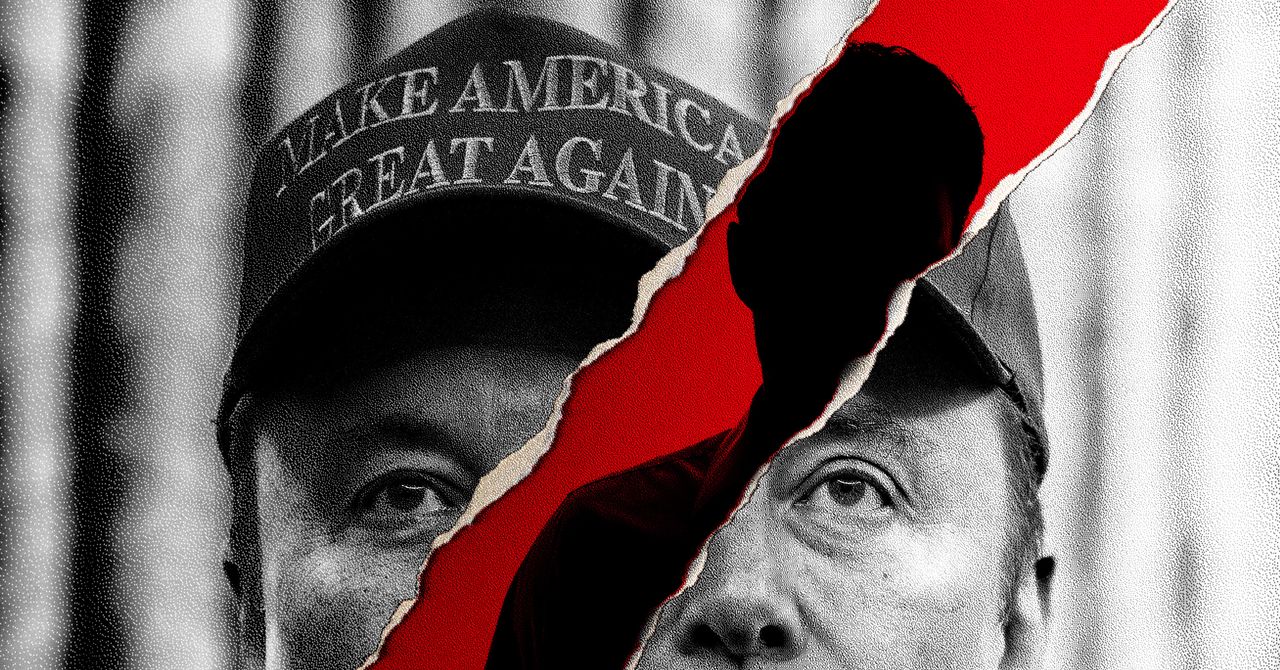Leadership Shifts at DOGE: Insights from an Ex-Staff Member
Overview of DOGE’s Operational Dynamics
Recently, the Department of Government Efficiency (DOGE) has faced significant leadership changes, as Elon Musk and key personnel signal their departure. In a revealing blog post, Sahil Lavingia—a former staff member of DOGE, known for his role as CEO of Gumroad—shared insights from his 55 days within the organization.
Disorganization and Communication Challenges
Lavingia, who was initially identified as part of DOGE at the Department of Veterans Affairs (VA), described the group’s operations as lacking cohesion. He noted the insufficient communication across teams, which led to a fragmented working environment. This disorganization, according to Lavingia, may soon shift as Musk has indicated his intention to step back from DOGE responsibilities.
Departures of Key Figureheads
The upcoming changes may leave DOGE’s future direction uncertain, particularly following the departures of Musk’s close associates—Steve Davis and Nicole Hollander. Davis, a veteran collaborator with Musk across various companies including X and the Boring Company, has been pivotal in DOGE’s daily functions.
Lavingia expressed concerns about the leadership vacuum that could arise, stating, “Steven was the only person who was across everything.” Without Davis to guide the team, the structure may face additional challenges.
Communication Protocols Under Scrutiny
Lavingia explained that communication within DOGE primarily occurred through the encrypted messaging application Signal. While this method can facilitate quick interactions, experts and lawmakers have raised concerns regarding its legal implications for government communications. Previous incidents, such as a national security breach involving Signal, underscore the potential risks associated with non-traditional communication platforms.
The Role of Key Members
According to Lavingia, Davis played a critical role in steering DOGE’s initiatives across various agencies. For example, at the VA, Davis directed the DOGE team to prioritize contract reviews for potential cancellations. Lavingia noted that while he received periodic check-ins from Davis, responses were often sparse.
In a noteworthy “E meeting” held in late March, Lavingia observed that department workers seemed more focused on directives from Davis rather than exploring innovative solutions. Alongside Davis, other Musk loyalists—Anthony Armstrong and Baris Akis—were present, signaling their influence within the organization.
Conclusion: The Path Ahead for DOGE
As DOGE navigates these leadership transitions, the clarity and effectiveness of its future operations may depend on establishing a more organized communication framework. With Musk and other senior staff stepping away, stakeholders within government efficiency will be keenly watching the outcomes of these shifts in leadership.




